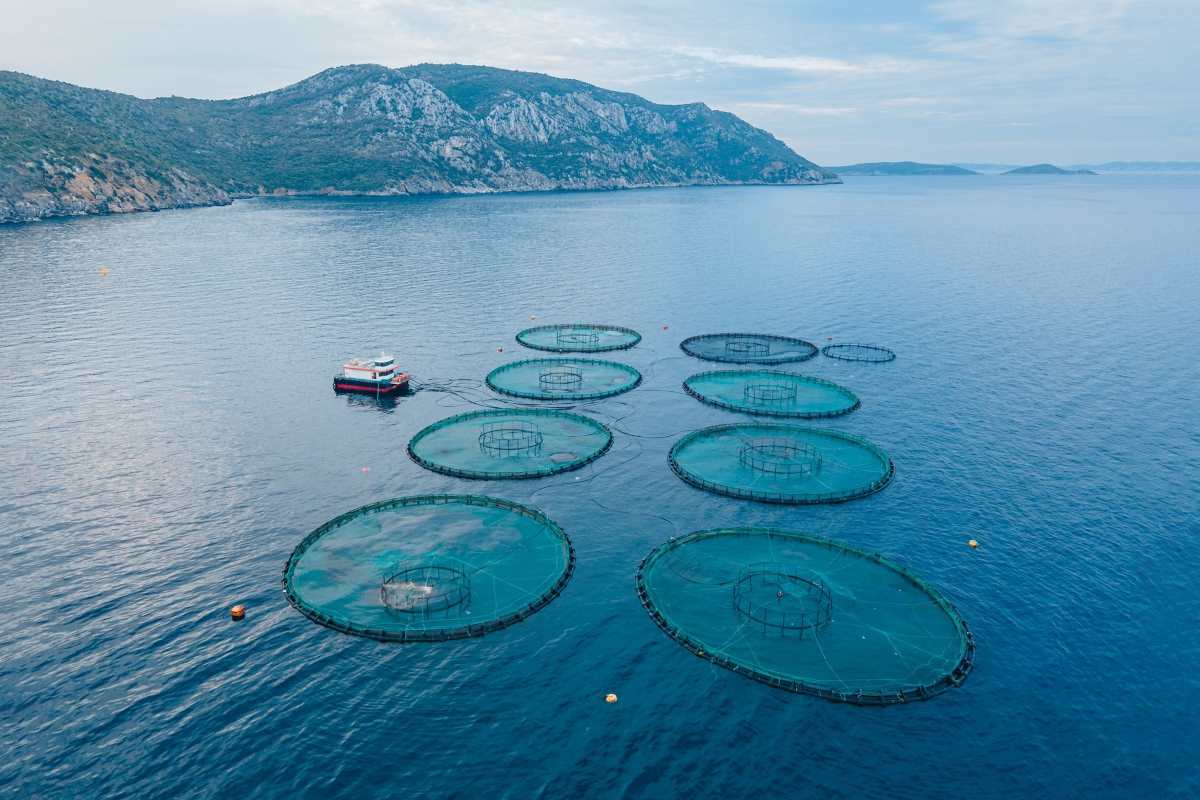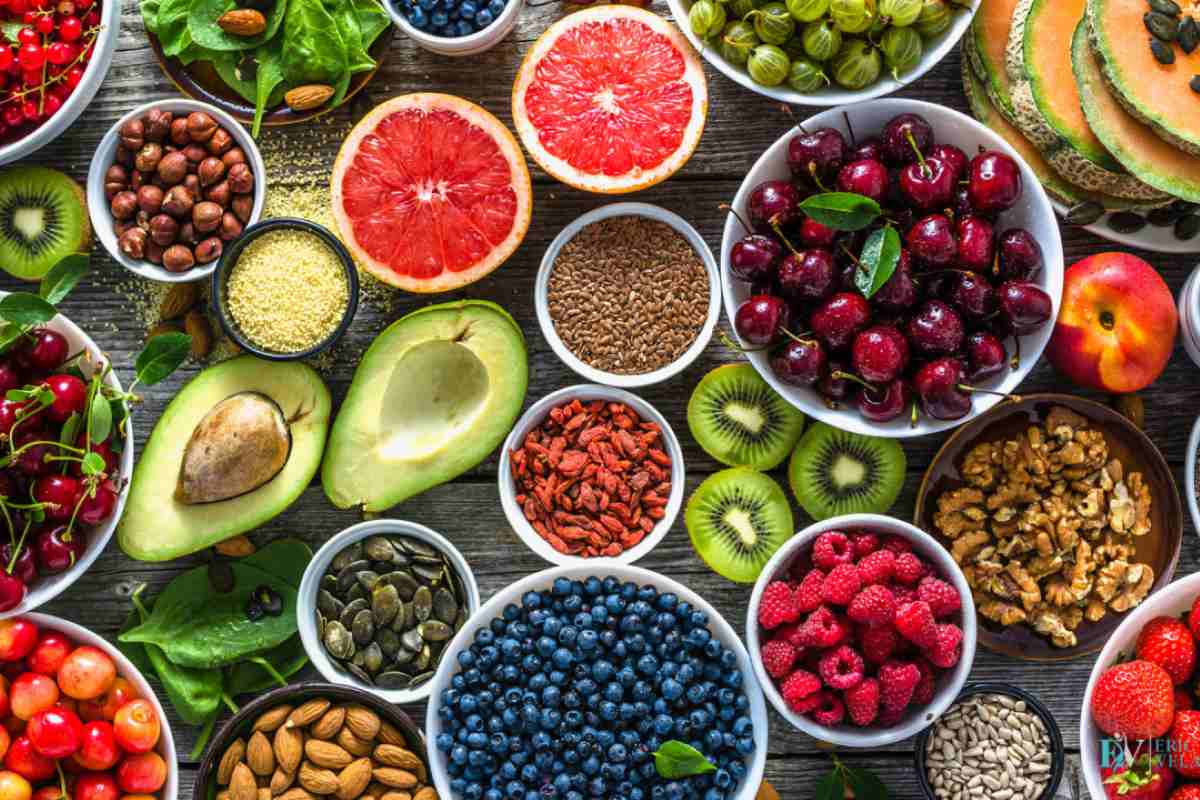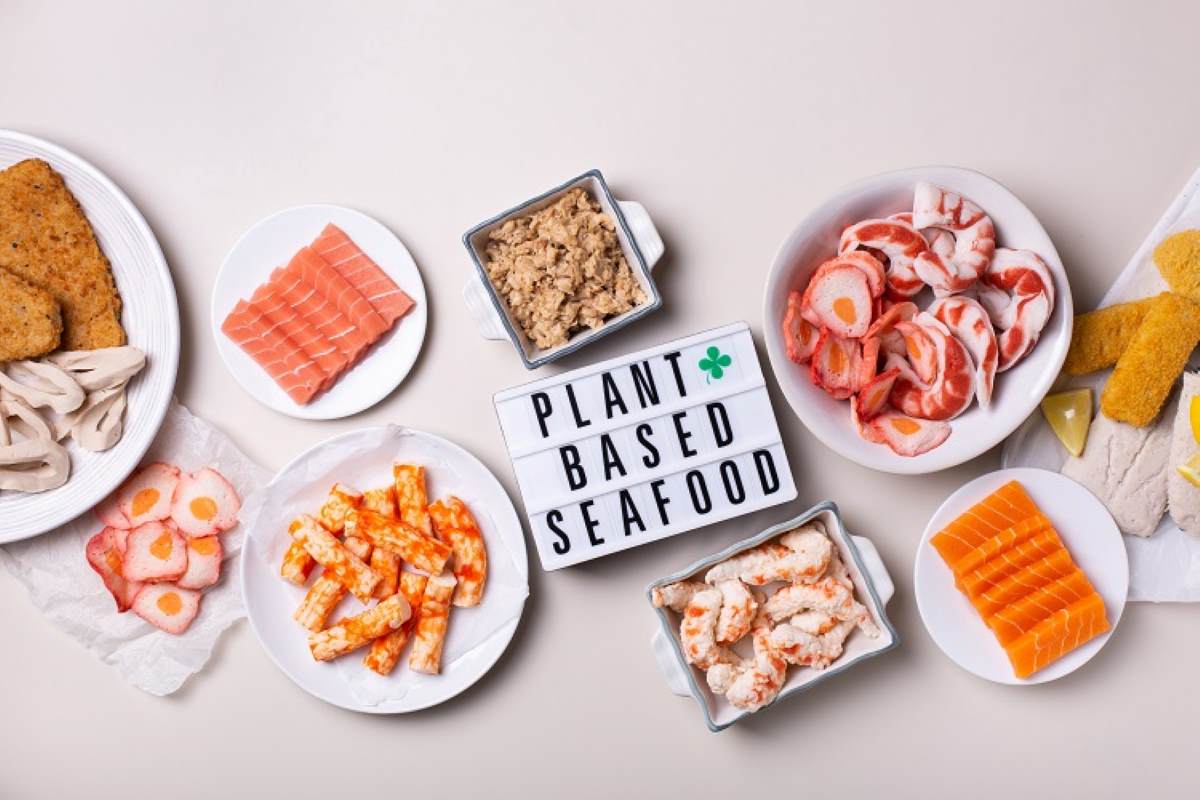The farm-to-table movement is a paradigm shift towards food transparency. This shift is becoming particularly prominent in major restaurant supply chains. Imagine yourself dining out and finding a declaration of where the major ingredients for the dish came from. It may seem far-fetched to see who grew your kale, or where the chicken on the plate was raised. However, that is the core of the farm-to-fork concept.
If sustainable restaurants become the future norm, food sourcing transparency must become an ubiquitous practice. Seasonality, sustainability and transparency will need to walk hand in hand.
This piece will discuss chef-farmer partnerships and how restaurants are steadily adopting sustainable and eco-friendly philosophies.
What Is Farm-to-Table?
Farm-to-table is not an institution, but a movement, poised to make the sourcing of ingredients sustainable. No more hauling cabbages across three continents or flying in chicken from a farm in the Australian outback, before it gets to your plate. Of course, there are no regulations compelling restaurants to follow the farm-to-fork concept. However, some sustainable restaurants are embracing the idea of becoming accountable to their patrons.
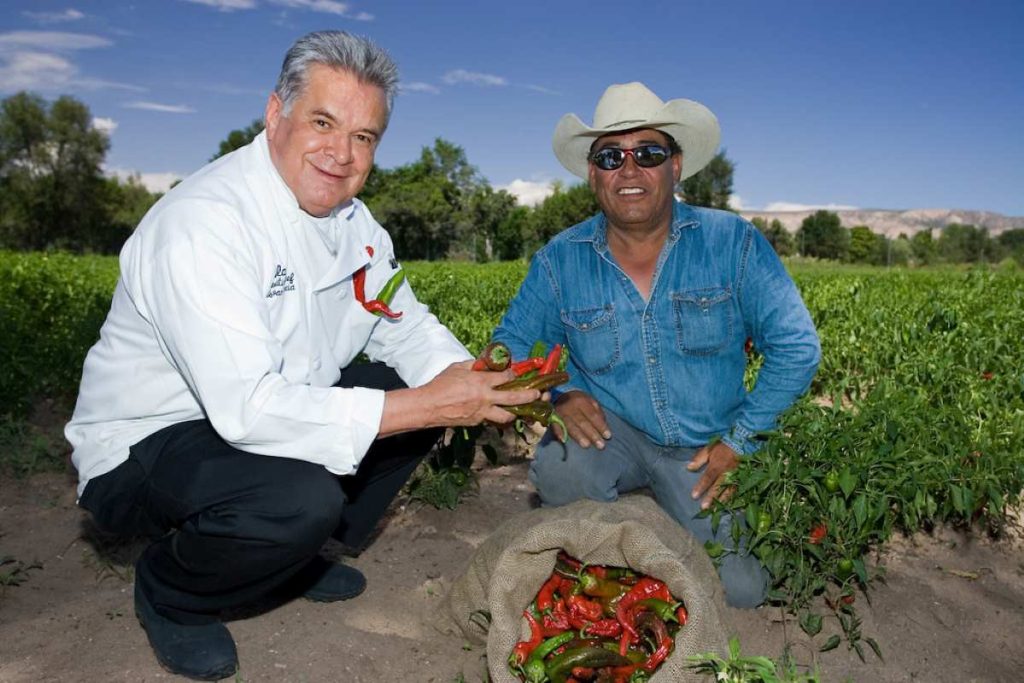
Now, what are the implications of food sourcing transparency and restaurant menu innovation? One, ingredients arrive through shorter supply chains. Customers can rest assured that the restaurant sources ingredients from farms with the lowest carbon footprint and minimal logistics. Two, the ingredients are fresher and seldom require stabilization with artificial additives.
Some restaurants in the farm-to-table movement are even making sure their ingredients are grown organically. Where possible, such sustainable restaurants also opt for chef-farmer partnerships that encourage regenerative practices. These are some of the common peculiarities of the farm-to-table movement.
ALSO READ: Regenerative Farming: The Future of Agriculture or Just Another Buzzword?
How the Farm-to-Table Movement is Transforming Restaurant Operations
With restaurant menu innovations, the sustainable food service is no longer business as usual. For locally sourced ingredients that align with eco-friendly restaurant trends, chefs collaborate with farmers and growers. This translates into chefs interfacing directly with producers of locally sourced ingredients and holding them to sustainable quality criteria.
Before the farm-to-table movement became a thing, restaurants went above and out to provide ingredients. Such straining activities ensured consistent menu items, albeit at the expense of quality and sustainability. During peak periods of seasonal ingredients, many restaurants use sophisticated, but unsustainable methods, to keep these items for year-round use. On the contrary, sustainable restaurant practices encourage flexible menus that change based on the major ingredients in season.
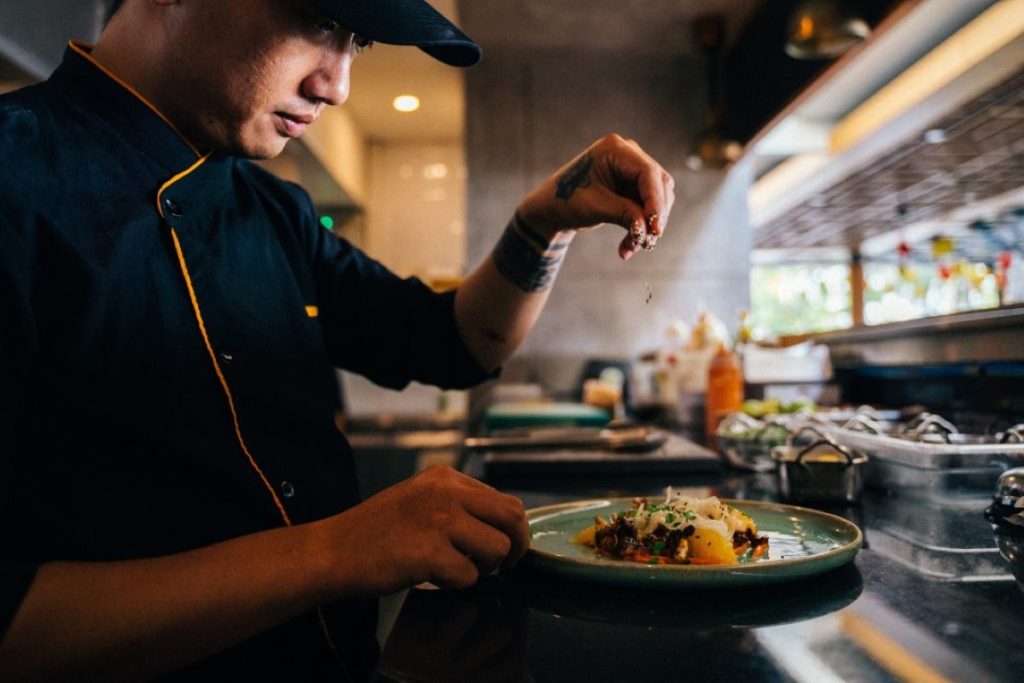
In a way, the quality of the dishes served at such sustainable restaurants goes beyond the culinary skills of chefs. Likewise, chefs need to exhibit culinary creativity and make the most of available ingredients.
The chef-farmer partnerships are also important at this point. When the communication window between the duo is properly aligned, farmers can help chefs preempt the looming scarcity of seasonal ingredients. This interaction will help restaurants plan accordingly for substitute ingredients or a replacement dish altogether.
The Sustainability and Ethical Angle
The farm-to-table movement has two pivotal goals: to make food sustainable and ethical. To achieve the former, local food sourcing is non-negotiable for restaurants supporting the sustainability cause. Sourcing food from local sources eliminates the need to haul food over long distances. Besides the direct climatic impact of the food transport network, transporting food will necessitate some form of packaging. Speak of compounding the environmental pollution dilemma.
About the sustainability of the farm-to-table movement, let’s consider how it affects industrial agriculture. Let’s assume you are a major restaurant or food supply chain newly deciding to align with the sustainable movement. There’s a high likelihood that farmers supplying your produce will align with those sustainability goals by ditching some of their industrial farming activities. Industrial farming is a deal-breaker for sustainable restaurant practices, and the average farmer would likely go organic rather than lose a major client.

This brings us to the ethical benefits of the farm-to-table movement. The food sourcing transparency trend drives more farmers to adopt regenerative or organic farming. Consequently, farm animals and the land enjoy better treatment, and laborers’ working conditions also improve. This is what the farm-to-table movement really means.
Challenges Behind the Farm-to-Table Movement
The farm-to-table movement addresses the sustainability issue and significantly reduces waste in restaurants. However, that does not absolve it of bottlenecks. So, here are some of the obvious challenges facing the farm-to-fork concept.
1. Cost and Pricing
If the supplier of ingredients for a major restaurant with national outlets is forced to go green, the unit cost of items might spike. When that happens, restaurants seldom foot the bill for such increases. Instead, it is likely to lie at customers’ feet in the guise of added charges.

2. Consistency
The farm-to-table movement encourages sourcing ingredients locally and adapting menus to seasonal produce. However, most customers may find it difficult to accept menu innovations that take their favorite dish off the list for a few months.
3. Accessibility
For national food chains, their eco-friendly restaurant trends and options are sometimes only available in urban areas.
ALSO READ: Exploring the Growing Market for Vegan and Plant-Based Products: A Taste of the Future
The Evolving Consumer Role
As more food consumers become familiar with the benefits of eco-friendly restaurant trends, they may automatically take up advocacy roles. So, instead of restaurants trying to win loyalty through sustainable practices, customers are the ones requesting food origin transparency.
Conclusively, it is essential to clarify that the farm-to-table concept has nothing to do with exclusivity. Instead, it lays more emphasis on how we source our food and ingredients. Irrespective of the accompanying bottlenecks, you’ll be doing the planet and the global food system some good by supporting farmers and restaurants practicing transparency and sustainability. Check out the take of the New York Times on the evolution of farm-to-table.
When farms and tables come closer together, everyone—from soil to spoon—benefits.








